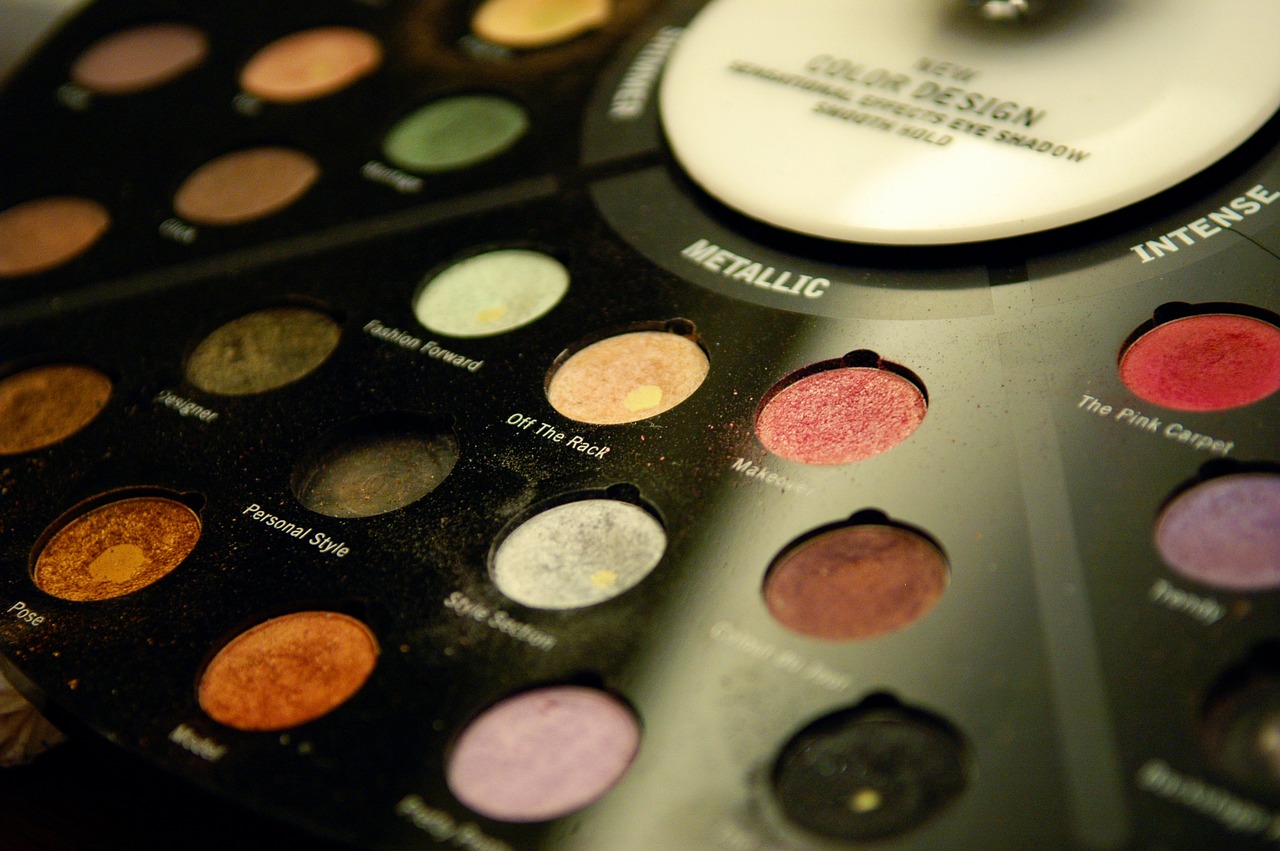Title: The Right Material for Communication Cable Sheath
The selection of the right material for communication cable sheath is crucial for the performance and durability of the cable. The sheath material should possess excellent electrical insulating properties to ensure the safe and reliable transmission of signals. Additionally, it should exhibit good mechanical strength to protect the cable from external damage. The material should also be resistant to environmental factors such as moisture, sunlight, and chemicals to ensure long-term performance.Furthermore, the sheath material should be lightweight and flexible to facilitate easy installation and maintenance. It should also be cost-effective to keep the overall cost of the cable sheath project low. By considering these factors, you can choose the right material for your communication cable sheath to ensure its effectiveness and longevity.
Communication cables are essential for transmitting signals and information in various applications, such as telephone lines, internet connectivity, and even underwater cables. These cables are often exposed to harsh environmental conditions, making it crucial to protect them with a durable and reliable sheath. In this article, we will explore the materials commonly used for communication cable sheaths and discuss their advantages and disadvantages.
1、Metal Sheaths

Metal sheaths, such as steel or aluminum, are often used to provide strong protection for communication cables. These materials offer excellent mechanical strength and resistance to corrosion, making them suitable for applications where cables are exposed to harsh conditions, such as saltwater or industrial environments. However, metal sheaths have some drawbacks. They are relatively heavy and can affect the overall performance of the cable, reducing its flexibility and increasing its cost. Additionally, metal sheaths are not always easy to install or replace, requiring specialized tools and equipment.
2、Polymer Sheaths
Polymer sheaths, which are often made from polyethylene or polypropylene, are commonly used in communication cable applications due to their lightweight and flexible nature. These materials offer good resistance to moisture, chemicals, and UV radiation, making them suitable for applications where cables are exposed to these environmental factors. Polymer sheaths also have good electrical insulation properties, preventing signal degradation or interference. However, polymer sheaths may not offer the same level of mechanical protection as metal sheaths in extreme conditions.

3、Composite Sheaths
Composite sheaths combine the advantages of metal and polymer sheaths to create a more versatile and durable solution for communication cable protection. These sheaths are often made from a combination of metal and polymer materials, providing mechanical strength and chemical resistance while maintaining flexibility and lightness. Composite sheaths can also be designed to have self-repairing capabilities, making them even more reliable in harsh environments. However, composite sheaths may have a higher cost than traditional metal or polymer sheaths due to their complex manufacturing process and high-performance materials.
4、Liquid-Filled Sheaths

Liquid-filled sheaths are a unique and innovative solution for communication cable protection. These sheaths are filled with a liquid dielectric material that provides excellent electrical insulation properties while also acting as a cushion to absorb mechanical stress and chemical corrosion. Liquid-filled sheaths offer high performance and reliability in extreme conditions, but they also have some challenges. They are difficult to manufacture and require specialized equipment to fill and seal the sheath properly. Additionally, liquid-filled sheaths may have a shorter lifespan than other types of sheaths due to the potential for leakage or evaporation of the liquid dielectric material.
In conclusion, the right material for communication cable sheath depends on the specific application and environmental conditions in which the cable will be used. Metal sheaths provide strong mechanical protection but are heavy and difficult to install. Polymer sheaths are lightweight and flexible but may not offer the same level of protection in extreme conditions. Composite sheaths combine the advantages of metal and polymer materials but may have a higher cost. Liquid-filled sheaths offer high performance and reliability in extreme conditions but are challenging to manufacture and maintain. Ultimately, the selection of the right sheath material should be based on a balance of performance, cost, and reliability for each specific application.
Articles related to the knowledge points of this article:
Leakage and Detection of Communication Cables
Tender for Communication Cables in Yanqing
Title: Classification and Standard of Mining Shielded Communication Cables in China
Title: The Price of American Coaxial Cable and Its Impact on Telecommunications Industry
Title: Understanding the Pricing Structure of Communication Cables in Ningxia